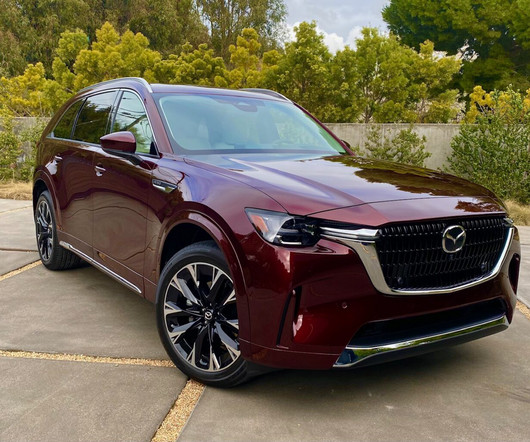ARPA-E issues $100M OPEN funding opportunity announcement to support early-stage energy R&D
Green Car Congress
DECEMBER 14, 2017
Under the Transportation Technical Category, ARPA-E lists 11 subcategories: Alternative fuels (non-bio). Technologies that create fuels that are substitutes for gasoline/diesel, but are not bio-based. Technologies for advanced airplanes, human-powered vehicles, marine vessels, trains, etc. Engines - transportation.















Let's personalize your content